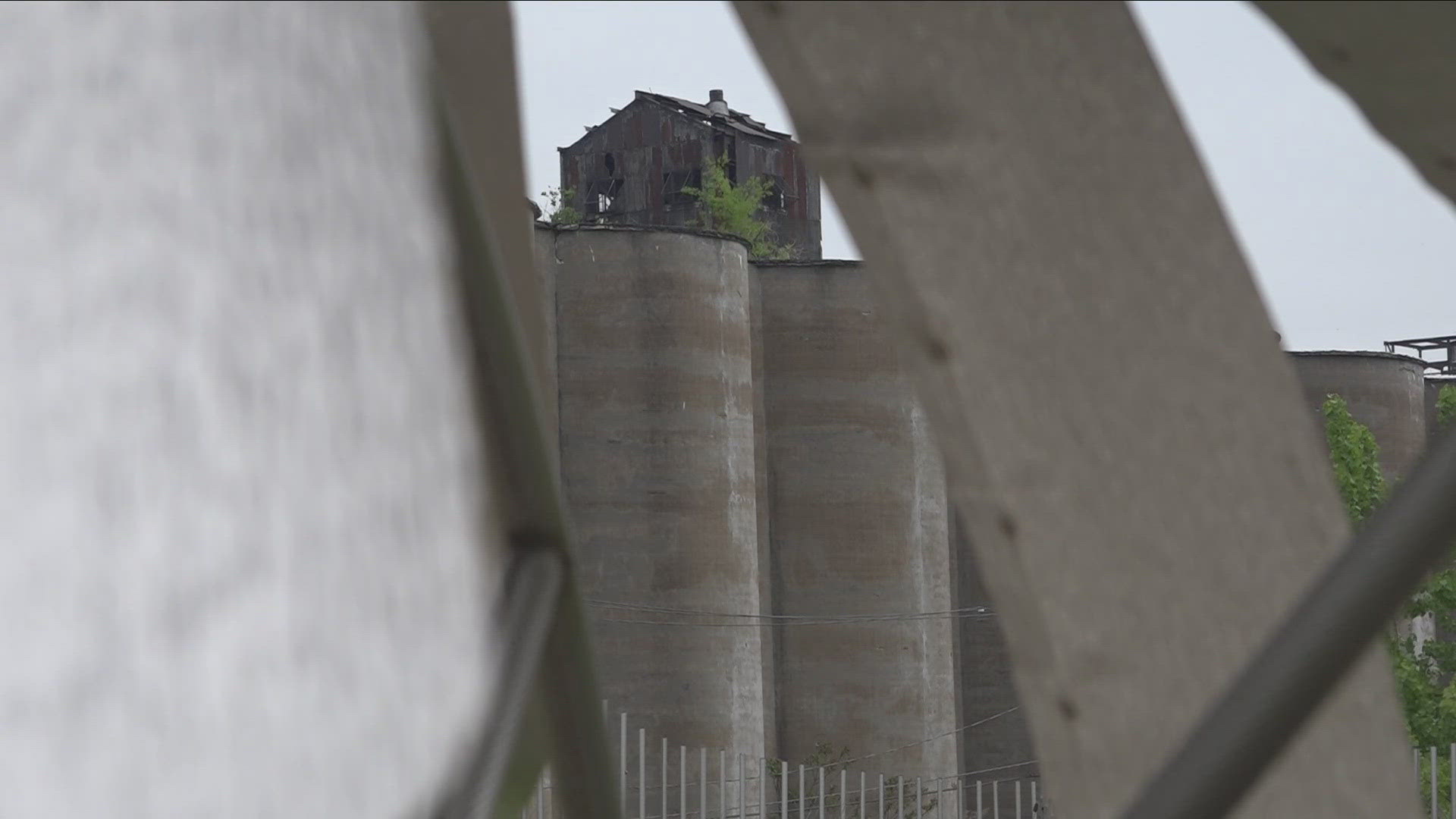BUFFALO, N.Y. — Indigenous culture and history is all around us, in fact both were on display a week ago as Seneca leaders commemorated the signing of the Buffalo Creek Treaty of 1842, which affirmed Seneca sovereignty.
It was also a reminder of the land that was once held sacred by the Indigenous people who called it home.
Rick Smith is the owner of Silo City.
"Well, this was the Haudenosuanee's land and it kind of, in a way, it still is," he said.
Silo City stands on ground that was once part of the Buffalo Creek Reservation, a Seneca community created under a treaty signed by George Washington. The reservation was dissolved 40 years later under another treaty forced upon them through intimidation and deceit as part of President Andrew Jackson's Indian removal policy.
"We always looked back and said this is a pretty spiritual place, and we know it didn't come from the makers of grain. Even though we were the world's largest grain port, we wanted to get back to why this place had this sense of abundance," Smith said.
Smith looked into the history of this land, he began to feel compelled to honor all of its history. Enter Seneca artist Bill Crouse.
"I had the opportunity to create a piece that would really make a statement about Seneca occupation and the Seneca history of that spot," Crouse said.
So right there, off of Ohio Street, he created a stainless steel, oversized reproduction of a traditional Seneca headdress, called a "gustoweh." It was dedicated right beside a pathway that Smith created as another nod to Seneca history. It is called "Doshaweh," which means land of basswood.
"This is part of what Silo City is" Smith said. "It's celebrating the people who have been here, and are here, and trying to get back to that rich cultural heritage, but also move it ahead. We try to say, OK, that's not here anymore, we're not doing transshipment anymore, but we've got this great, rich story to tell, and the Senecas are helping us tell that. "
Crouse sees this as part of his continuing efforts to make sure his own people also remember their story.
"It's important to remind our kids and to remind our people of the significance of that place," he said. "I guess more than just trying to educate the general public, I'm more worried and concerned about us keeping our own history intact."

